Earth’s poles today are frigid realms of ice and snow, inhabited by remarkably adapted species that survive in some of our planet’s harshest conditions. Yet the geological record tells a dramatically different story—one where these same polar regions once hosted warm, tropical seas teeming with diverse marine life. This seemingly paradoxical transformation spans millions of years of Earth’s dynamic history, revealing the planet’s remarkable capacity for change. Through fossil evidence and geological markers, scientists have reconstructed ancient polar ecosystems that would be completely unrecognizable to modern observers. The story of how our planet’s poles transformed from tropical paradises to icy extremes offers profound insights into Earth’s climate systems and the resilience of life through periods of dramatic global change.
The Greenhouse Earth: When Tropical Climates Reached the Poles

During several extended periods in Earth’s history, particularly in the Cretaceous (145-66 million years ago) and Early Eocene (about 50 million years ago), the planet experienced what scientists call “greenhouse Earth” conditions. Carbon dioxide levels reached concentrations several times higher than today’s measurements, creating a powerful greenhouse effect that trapped heat across the globe. With no permanent ice caps at either pole, global temperatures averaged 5-10°C warmer than our current climate. These conditions allowed tropical and subtropical environments to extend much farther toward the poles than would be possible in today’s climate regime. Fossil evidence from both Arctic and Antarctic regions confirms that palm trees once grew at latitudes where today only the hardiest cold-adapted plants survive, demonstrating the dramatic reach of these ancient warming periods.
Antarctica’s Prehistoric Paradise: Evidence from the Frozen Continent

Antarctica, now buried beneath ice sheets averaging 1.2 miles thick, once supported lush forests and warm shallow seas along its coastlines. Expeditions to the continent have uncovered remarkable fossil evidence of this warmer past, including abundant plant material suggesting temperate rainforests similar to those in modern New Zealand. In the Eocene epoch, approximately 40-50 million years ago, Antarctic waters hosted a diversity of marine creatures that would be at home in today’s tropical environments. Fossil remains of ancient penguins during this period show species much larger than modern varieties, with some standing nearly 6 feet tall. The transformation from this ancient biome to today’s ice-covered continent represents one of Earth’s most dramatic environmental shifts, occurring gradually as the planet cooled and Antarctica became isolated by circumpolar ocean currents that prevented warmer waters from reaching its shores.
The Arctic Ocean’s Tropical Past
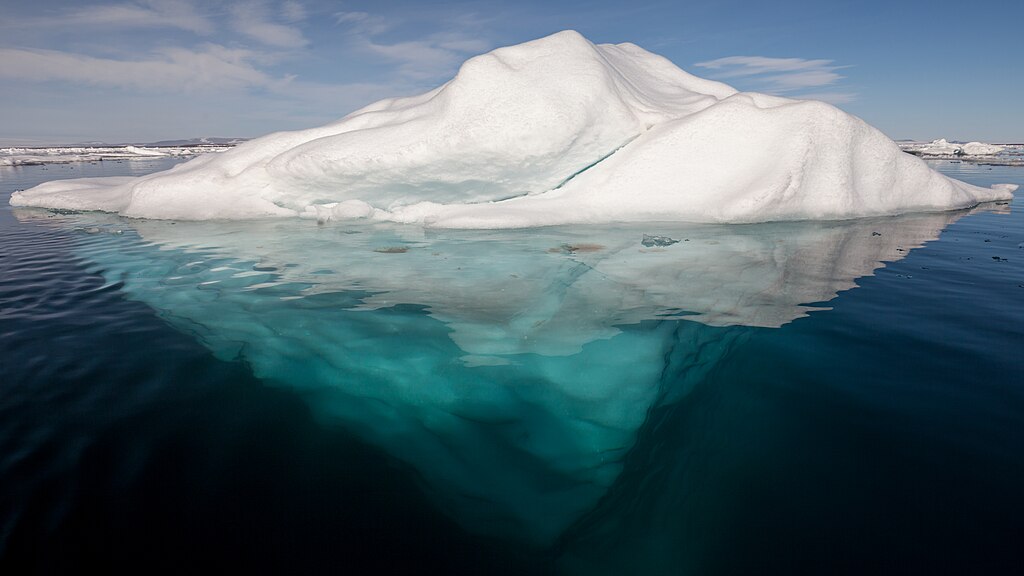
The Arctic Ocean basin today is partially covered by sea ice year-round and represents one of Earth’s most extreme environments. However, during the Cretaceous Period, this region hosted warm waters with temperatures that may have reached as high as 15-20°C (59-68°F), comparable to modern subtropical seas. In 2004, a scientific expedition recovered a remarkable fossil from this region—a champsosaur, a crocodile-like reptile that could only have survived in much warmer waters than exist in the Arctic today. Additional evidence comes from marine sediment cores that contain microfossils of warm-water organisms, including species that today are found exclusively in tropical and subtropical environments. The presence of these thermophilic (heat-loving) species provides irrefutable evidence that the Arctic Ocean once hosted ecological communities more reminiscent of today’s Caribbean Sea than the frozen north we recognize.
Tropical Marine Biodiversity at Ancient Poles
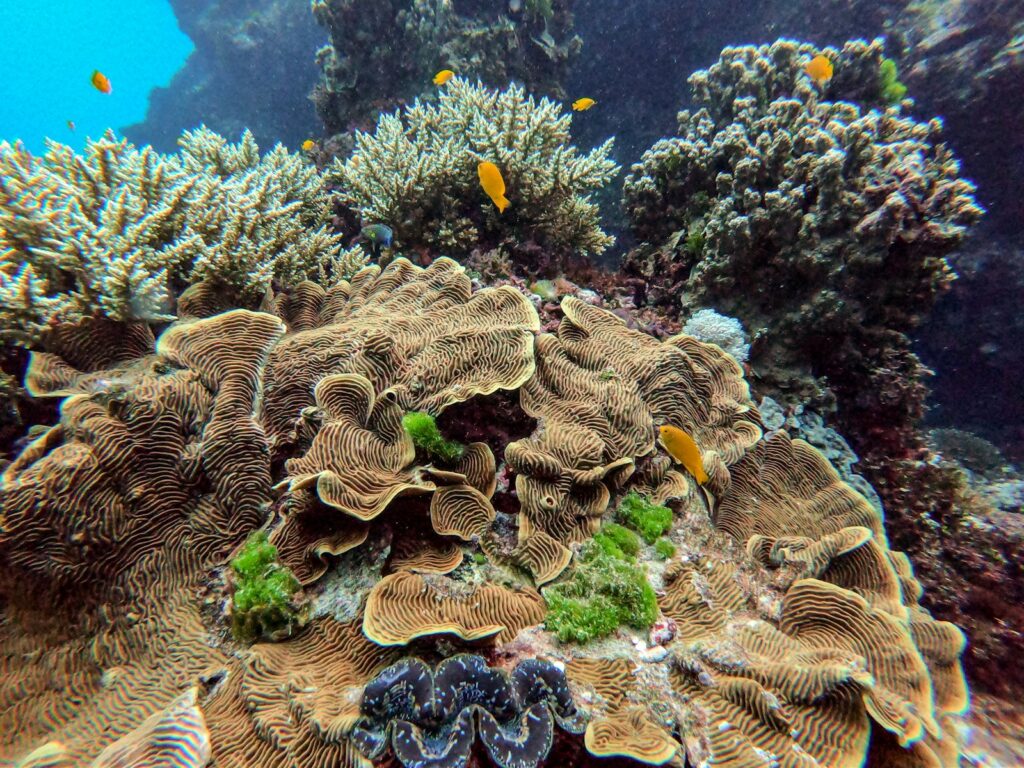
The ancient polar seas supported remarkably diverse ecosystems comparable to modern tropical marine environments. Fossil evidence reveals extensive coral reef systems that once thrived in polar waters, hosting communities of hundreds of species working in complex ecological relationships. Large marine reptiles, including mosasaurs and plesiosaurs, patrolled these waters as apex predators, while diverse fish populations thrived in the productive waters. Microfossils of foraminifera—tiny single-celled organisms with calcium carbonate shells—recovered from polar sediments show species compositions typically associated with warm-water environments. The sheer biodiversity evident in the fossil record contradicts our modern perception of poles as biologically limited environments, revealing instead ancient ecosystems as rich and complex as any found on Earth today, with food webs supporting multiple trophic levels from primary producers to top predators.
Ancient Polar Forests: The Terrestrial Connection
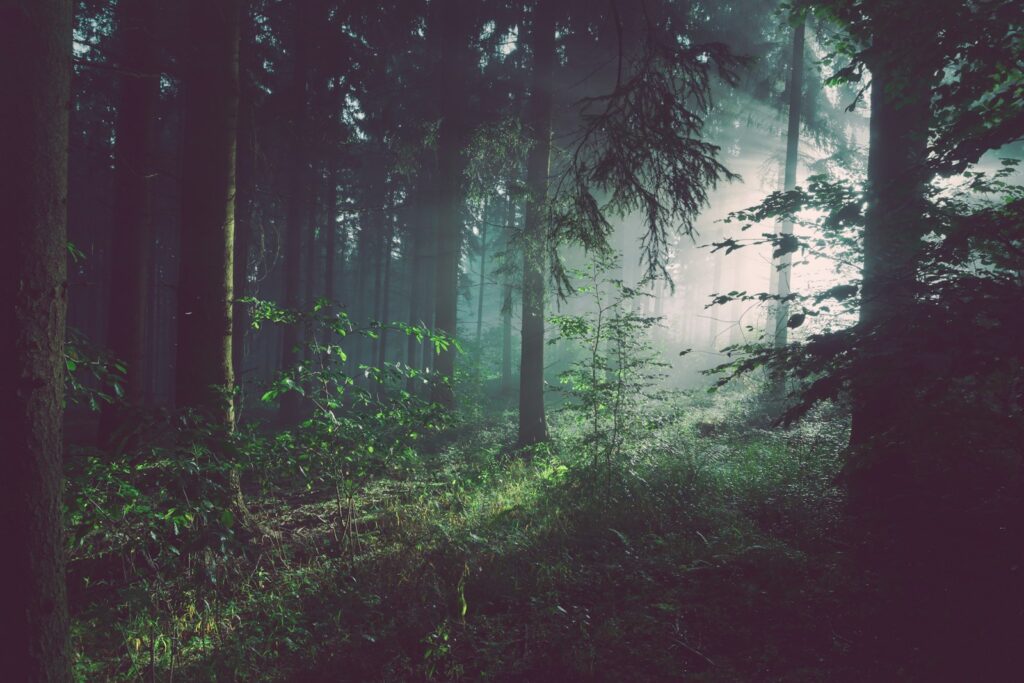
The warm seas at ancient poles were bordered by equally surprising terrestrial ecosystems—dense forests that thrived despite months of seasonal darkness each year. Fossil evidence from both Arctic and Antarctic regions reveals ancient forests composed of deciduous and evergreen trees, including varieties related to modern sequoias, dawn redwoods, and southern beeches. These forests supported diverse animal communities, including dinosaurs in the Cretaceous Period that had adapted to the unique light conditions of polar regions. The plant fossils from these ancient forests show growth rings that indicate adaptation to the seasonal light cycles at high latitudes, with evidence of sustained growth during the continuous summer daylight and dormancy during dark winter months. The productivity of these forest ecosystems contributed significant organic material to nearby marine environments, creating nutrient-rich conditions that supported the diversity of ocean life along ancient polar coastlines.
Polar Marine Reptiles: Swimmers in Warm Polar Seas

The warm polar oceans of the Mesozoic Era hosted a remarkable array of marine reptiles that would be impossible in today’s frigid polar waters. Plesiosaurs, with their long necks and paddle-like limbs, were common predators in these ancient seas, as evidenced by numerous fossil discoveries in both Arctic and Antarctic regions. Ichthyosaurs, streamlined marine reptiles resembling modern dolphins but unrelated to mammals, also thrived in these environments, evolving specialized adaptations for hunting in the productive polar waters. In 2006, researchers discovered fossils of a massive pliosaur (a short-necked plesiosaur relative) in the Svalbard archipelago, well within the Arctic Circle—a specimen nicknamed “Predator X” that may have reached lengths of 15 meters. These cold-blooded reptiles could only have survived in waters much warmer than those found at similar latitudes today, providing compelling evidence for the dramatically different polar conditions of the ancient past.
The Role of Continental Drift in Polar Climate Change

The dramatic transformation of polar environments from tropical seas to icy realms is inextricably linked to the movement of Earth’s continental plates over geological time. Antarctica wasn’t always positioned directly over the South Pole; it gradually drifted to its current location over millions of years. When continental landmasses separated and Antarctica became increasingly isolated at the southern pole around 34 million years ago, a critical oceanographic change occurred—the formation of the Antarctic Circumpolar Current. This powerful ocean current began to circle the continent, effectively blocking warmer waters from reaching Antarctic shores and triggering significant cooling. Similarly, the configuration of northern continents has shifted dramatically, altering ocean circulation patterns that once brought warm tropical waters to Arctic regions. These tectonic movements illustrate how Earth’s internal processes fundamentally reshape surface environments over vast timescales, creating conditions that either amplify or mitigate global climate patterns.
Ancient Polar Coral Reefs: Impossible Ecosystems Today
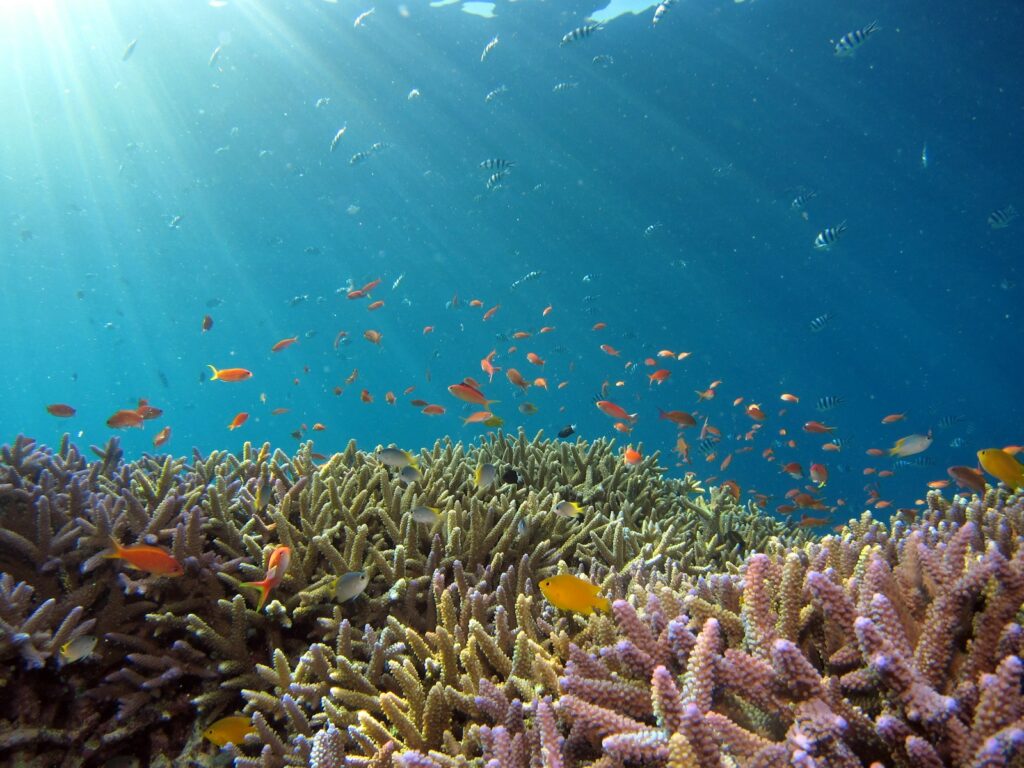
Among the most startling discoveries from ancient polar regions is evidence of extensive coral reef systems that once thrived in waters that would now be far too cold to support such temperature-sensitive organisms. Modern corals generally require water temperatures above 18°C (64°F) to thrive, while today’s polar oceans rarely exceed 0°C (32°F). Fossils of reef-building corals have been discovered in rock formations that were unquestionably at high latitudes during their formation, including locations in Svalbard (Arctic) and Seymour Island (Antarctica). These ancient reefs supported diverse ecosystems including sponges, mollusks, echinoderms, and various crustaceans, creating biodiversity hotspots similar to modern tropical reefs. The presence of these temperature-sensitive organisms provides some of the most compelling evidence for dramatically warmer polar conditions in Earth’s past, as no amount of evolutionary adaptation could allow modern reef-building corals to survive in today’s polar waters.
Sedimentary Evidence: Reading the Polar Climate Record

Beyond fossil evidence, the chemical and physical properties of polar sedimentary rocks provide crucial insights into ancient environmental conditions. Scientists analyze oxygen isotope ratios in marine sediments to determine past water temperatures, with different proportions of oxygen-16 and oxygen-18 isotopes reliably indicating warmer or cooler conditions. In Arctic and Antarctic sedimentary layers dated to greenhouse periods, these chemical signatures consistently point to water temperatures tens of degrees warmer than today’s polar oceans. The presence of certain minerals in polar sediments also tells an environmental story—molecules like kaolinite form only under warm, humid conditions through chemical weathering processes that cannot occur in frigid environments. Paleosols—ancient soil layers preserved in the geological record—from polar regions show development patterns typical of warm, productive ecosystems rather than the minimal soil development seen in today’s polar regions. Through these multiple, independent lines of evidence, geologists have built a comprehensive understanding of past polar environments that withstands scientific scrutiny.
Microfossil Clues: Tiny Organisms Tell a Big Story
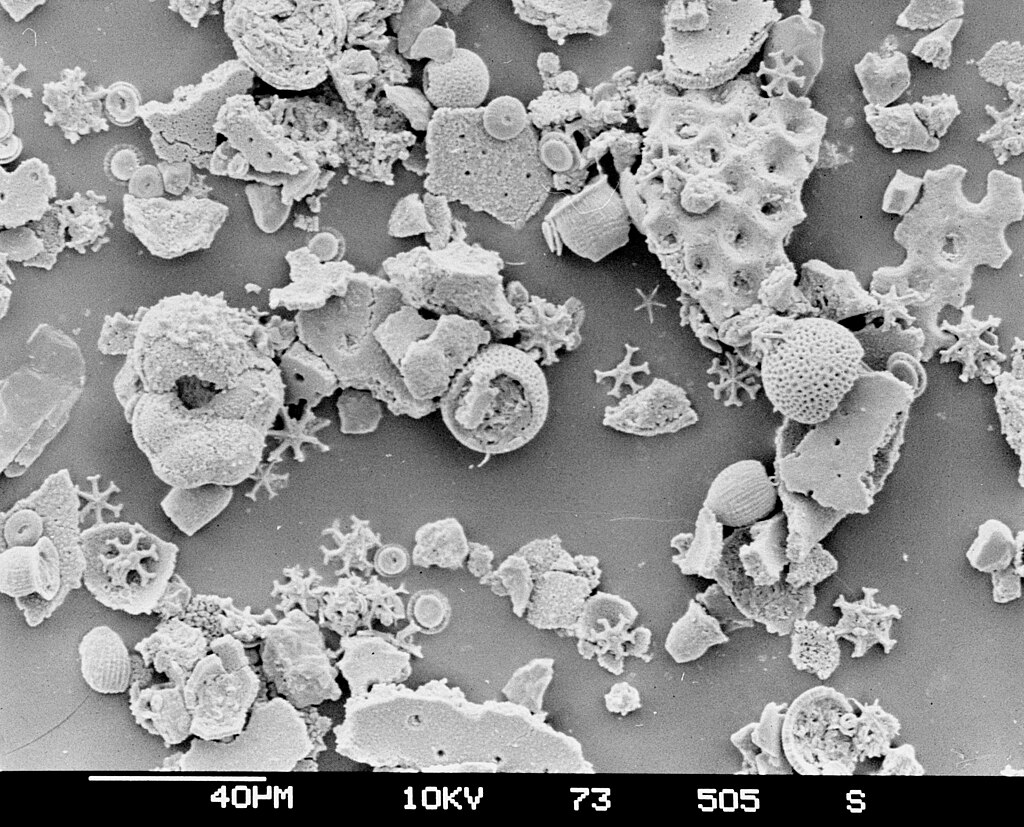
Some of the most valuable evidence for ancient warm polar seas comes from the tiniest of fossils—microscopic organisms that once filled ancient oceans. Diatoms (single-celled algae with silica shells), foraminifera (single-celled protists with calcium carbonate tests), and dinoflagellates (various marine plankton) preserved in polar sediments provide precise temperature indicators through both their species composition and chemical makeup. Modern species of these organisms have well-documented temperature preferences, allowing paleontologists to make reliable inferences about past conditions when finding their ancestors in polar sediments. The diversity of these microfossil assemblages from ancient polar seas typically matches what would be found in modern subtropical or tropical waters, not polar environments. Additionally, the shells of these organisms incorporate chemical signatures of the water temperature during their formation, providing quantitative temperature estimates that consistently indicate much warmer polar conditions during key periods of Earth’s history.
Polar Darkness: How Did Tropical Ecosystems Cope?
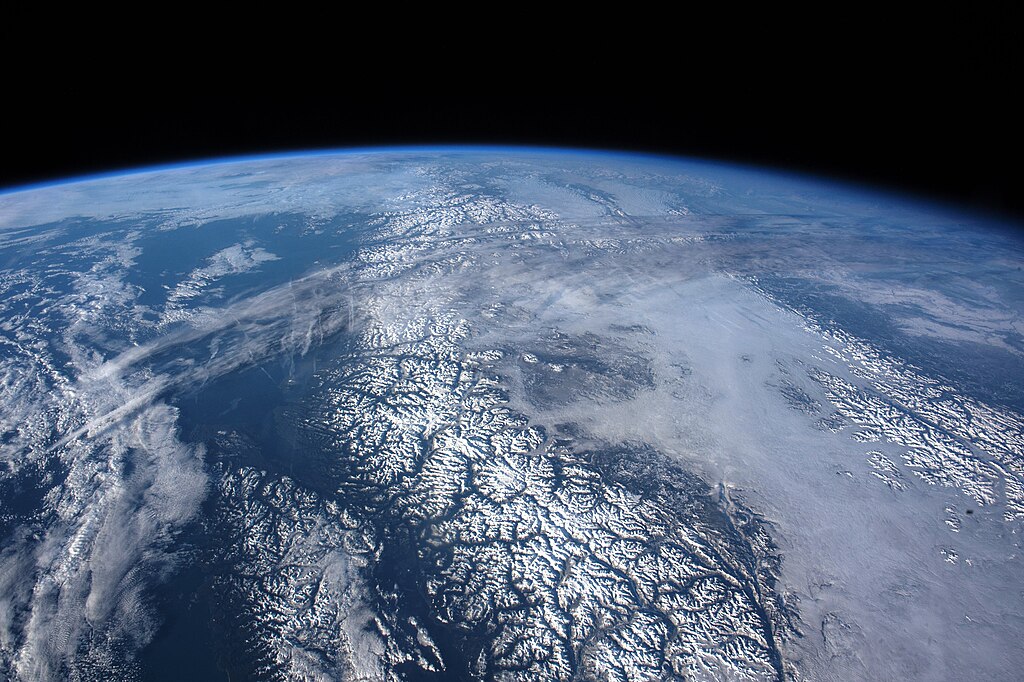
One of the most fascinating aspects of ancient polar ecosystems is how they adapted to the unique light conditions at high latitudes, where despite warm temperatures, organisms still experienced months of continuous darkness each winter and continuous light each summer. Fossil evidence suggests that ancient polar forest trees developed specialized adaptations to this light regime, including deciduous habits that allowed them to shed leaves during dark periods. Marine ecosystems likewise evolved strategies to cope with seasonal productivity patterns entirely different from those in tropical regions. Modern research on polar ecosystems shows that many species time their reproductive cycles to the brief but intense productivity bursts of polar summers, and it’s likely ancient warm-adapted species employed similar strategies. Some researchers have proposed that certain dinosaur species found in polar regions may have migrated seasonally to follow food sources, similar to some modern Arctic mammals, though evidence for this remains inconclusive. The successful adaptation of tropical-type ecosystems to polar light conditions demonstrates the remarkable plasticity of life even in the face of such extreme seasonal variations.
The Cooling Transition: How Tropical Poles Became Frozen Wastelands
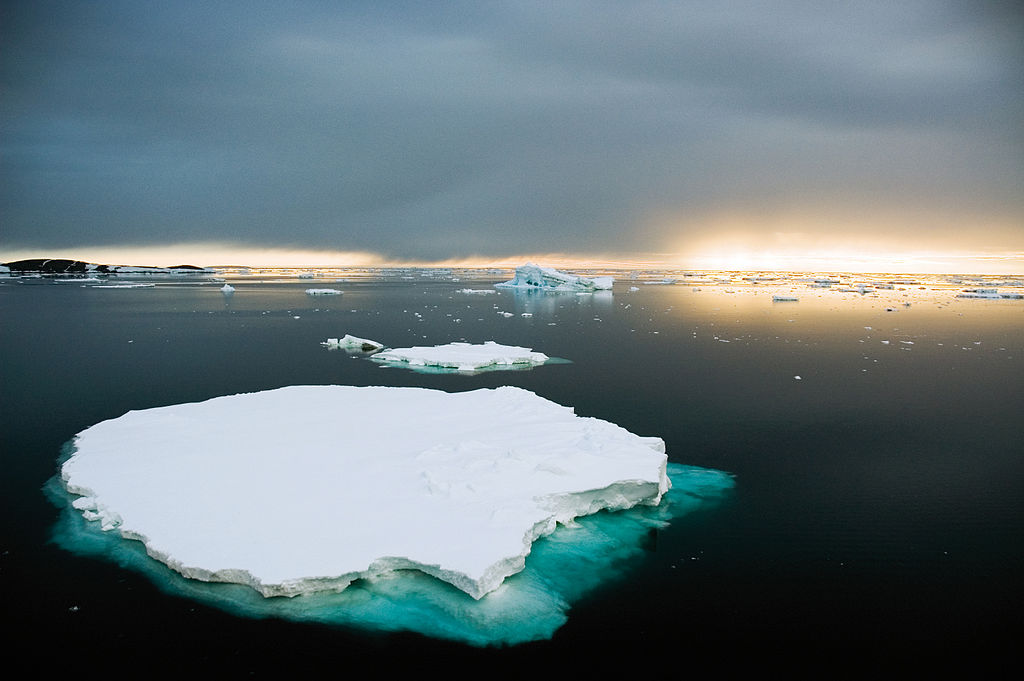
The transition from warm polar seas to today’s ice-dominated environments didn’t happen overnight but occurred through several critical cooling phases spanning millions of years. A particularly significant cooling event began approximately 34 million years ago at the Eocene-Oligocene boundary, when global temperatures dropped precipitously, and the first major Antarctic ice sheets began to form. This cooling trend continued with fluctuations until a more severe cooling phase approximately 14 million years ago during the Middle Miocene, which established Antarctica as the permanently ice-covered continent we recognize today. The Arctic followed a somewhat different trajectory, maintaining relatively mild conditions longer before beginning significant cooling around 3.2 million years ago as the Northern Hemisphere entered cycles of glaciation. These cooling transitions dramatically reshaped polar ecosystems, driving extinctions of warm-adapted species and creating evolutionary pressure for the cold-specialized organisms that inhabit these regions today. The fossil record shows a gradual replacement of tropical marine species with increasingly cold-tolerant lineages as temperatures declined, culminating in the highly specialized polar ecosystems of the modern era.
Lessons for Today’s Climate Change
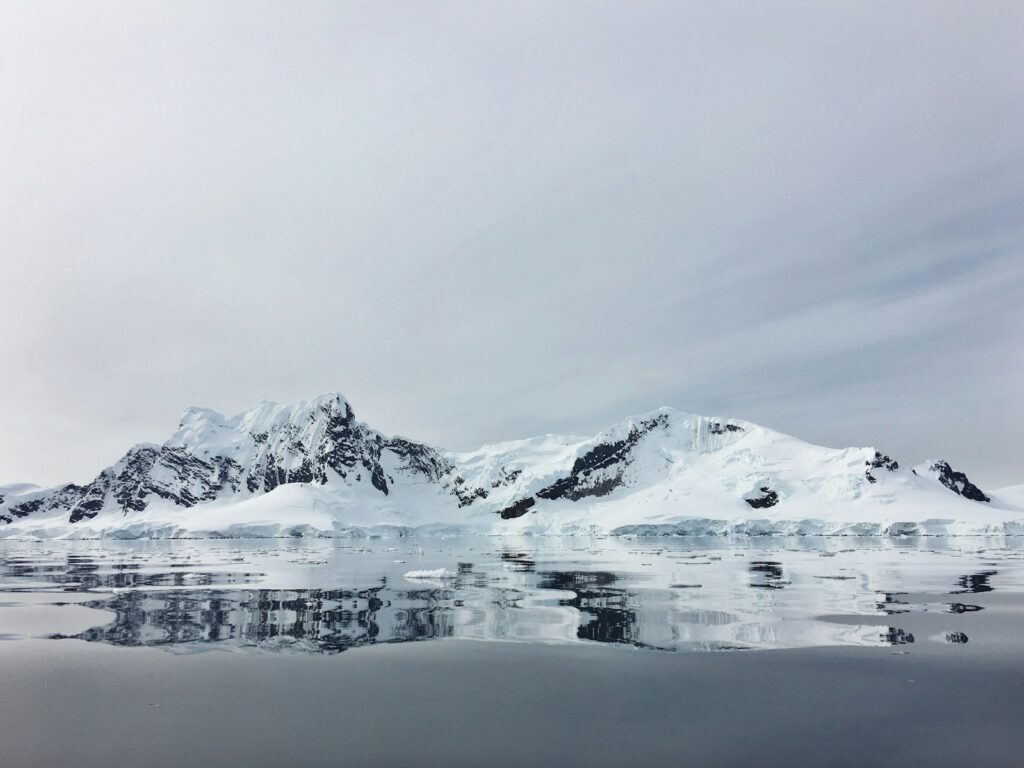
The ancient history of Earth’s poles offers valuable perspective on our current period of anthropogenic climate change. Today’s warming, while rapid and concerning, has not yet approached the extreme warm periods when tropical conditions extended to the poles—though continued emissions could potentially push Earth in that direction. The paleoclimate record demonstrates that Earth’s climate system is capable of existing in radically different states than the one we currently inhabit, with profound implications for ecosystems and sea levels. Current climate models draw heavily on evidence from these past warm periods to improve predictions about potential future conditions under continuing warming scenarios. One crucial insight from ancient warm poles is the potential for threshold effects—points at which gradual warming triggers rapid and potentially irreversible environmental changes, such as massive ice sheet collapse or ecosystem regime shifts. By understanding how Earth responded to past warming events, scientists hope to better predict and potentially mitigate the effects of current climate change, though the unprecedented rate of today’s warming presents unique challenges not seen in these more gradual ancient transitions.
Earth’s polar regions preserve one of our planet’s most remarkable stories—a transformation from tropical paradises to frozen extremes over millions of years of planetary evolution. The fossil evidence of warm-water corals, marine reptiles, and lush forests where ice now dominates serves as a profound reminder of our planet’s dynamic nature and capacity for change. These ancient ecosystems, so different from today’s polar environments, provide a window into alternative states of Earth’s climate system and the adaptability of life across dramatically different conditions. As we face unprecedented human-caused climate change today, this perspective from deep time offers both caution and insight—reminding us that while Earth and its life have endured dramatic transformations before, the pace of current changes creates unique challenges for modern ecosystems. The tropical poles of ancient Earth stand as a testament to our planet’s remarkable history and the extraordinary journey that transformed these once-warm havens into the icy realms we know today.



